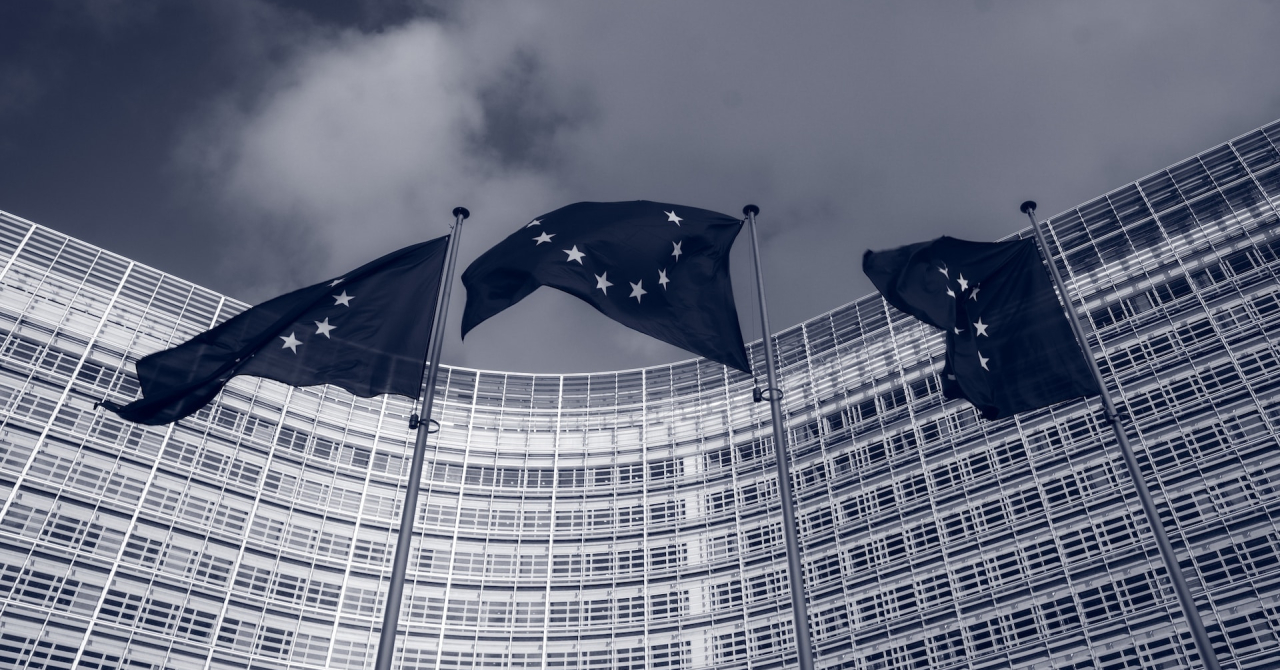More renewable and low-carbon fuels will reduce the carbon footprint of the aviation sector and create a level playing field for a sustainable air transport in the EU following the recent adoption of a new regulation by the Council on the so-called ‘ReFuelEU aviation’ initiative.
The new legislation aims to put air transport on the trajectory of the EU’s climate targets for 2030 and 2050, as SAF are one of the key short- and medium-term tools for decarbonising aviation. It should address the current situation which is hindering their development: low supply and prices much higher than prices of fossil fuels.
Raquel Sánchez Jiménez, Spanish acting minister of transport, mobility and urban agenda, said that "the new law will provide legal certainty to aircraft operators and fuel suppliers in Europe. By kick-starting the large-scale production of sustainable aviation fuels, it will soon make the EU’s aviation sector much greener. This is a key step in our broader effort to reach our climate targets at European and global level."
The new regulation contains the following main provisions:
- The obligation for aviation fuel suppliers to ensure that all fuel made available to aircraft operators at EU airports contains a minimum share of SAF from 2025and, from 2030, a minimum share of synthetic fuels, with both shares increasing progressively until 2050. Fuel suppliers will have to incorporate 2% SAF in 2025, 6% in 2030 and 70% in 2050. From 2030, 1,2% of fuels must also be synthetic fuels, rising to 35% in 2050.
- The obligation for aircraft operators to ensure that the yearly quantity of aviation fuel uplifted at a given EU airport is at least 90% of the yearly aviation fuel required, to avoid tankering practices which would bring additional emissions from extra weight.
- The scope of eligible sustainable aviation fuels and synthetic aviation fuels includes certified biofuels, renewable fuels of non-biological origin (including renewable hydrogen) and recycled carbon aviation fuels complying with the Renewable Energy Directive (RED) sustainability and emissions saving criteria, up to a maximum of 70% with the exception of biofuels from food and feed crops, as well as low-carbon aviation fuels (including low-carbon hydrogen), which can be used to reach the minimum shares in the respective part of the regulation.
- Rules on the competent authorities, to be designated by the member states to enforce this regulation, and rules on fines
- The creation of a Union labelling scheme about environmental performance for aircraft operators using SAF, which will help consumers make informed choices and will promote greener flights.
- Data collection and reporting obligations for fuel suppliers and aircraft operators enabling to monitor the effects of this regulation on the competitiveness of EU operators and platforms.
EU Commission President Ursula von der Leyen said that "the European Green Deal is delivering the change we need to reduce CO² emissions. It does so while keeping the interests of our citizens in mind, and providing opportunities for our European industry. The legislation to reduce our greenhouse gas emissions by at least 55% by 2030 is now in place, and I am very happy that we are even on track to overshoot this ambition."
Also, EU member states are also urged to achieve a collective minimum share of 45% renewable energy in their total energy mix, up from the current 32% target.
Certain industrial sectors will also have to increase their renewable energy ambitions, especially those that have been slower to adopt clean power, such as transport, heavy industries and district heating and cooling.
 Mihai - Cristian Ioniță
Mihai - Cristian Ioniță












Any thoughts?